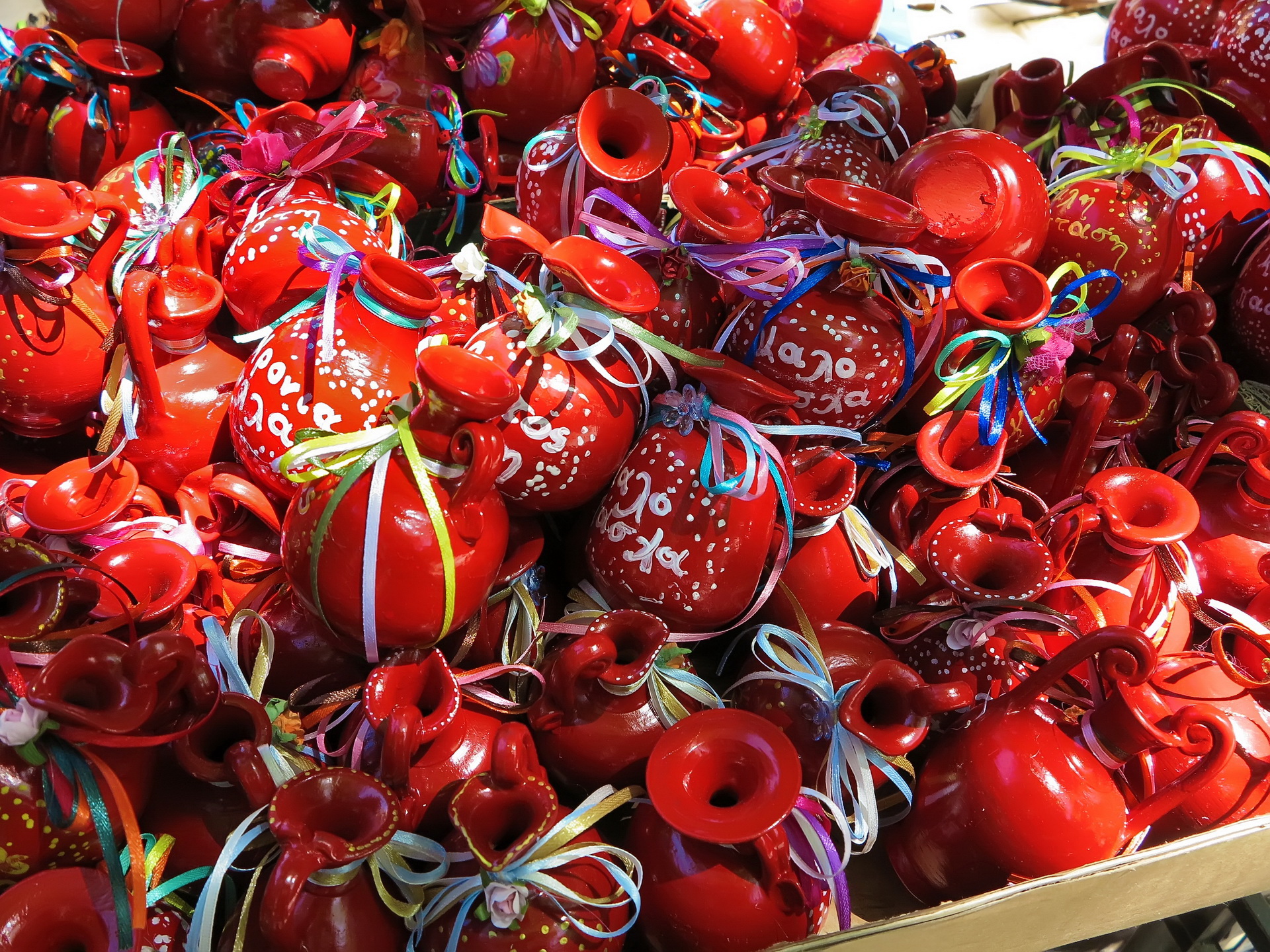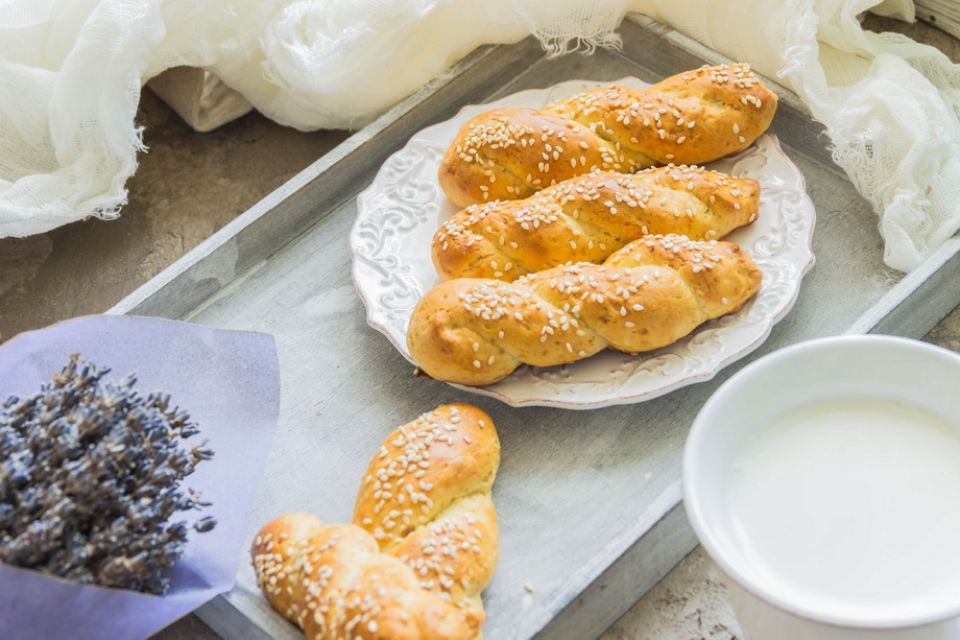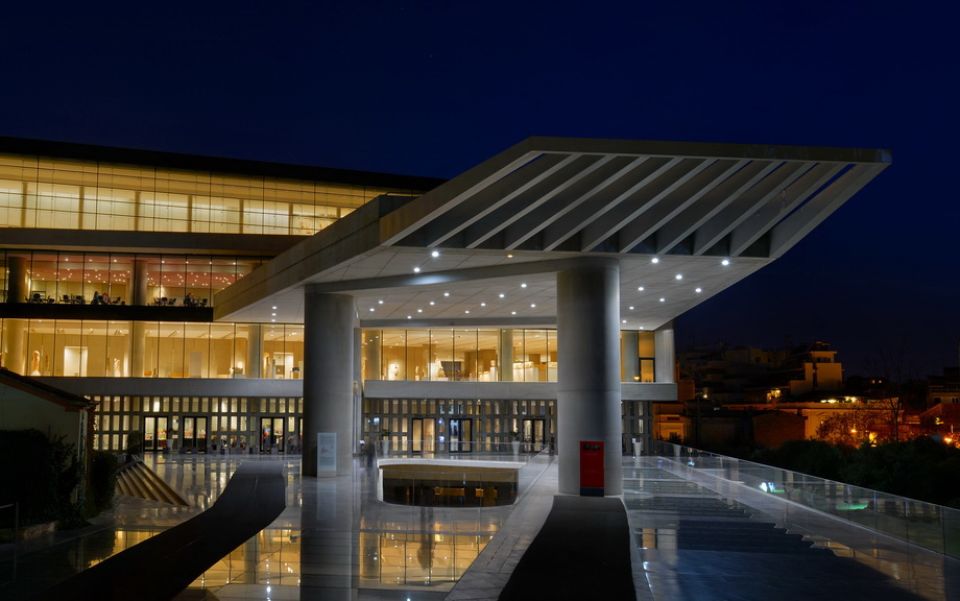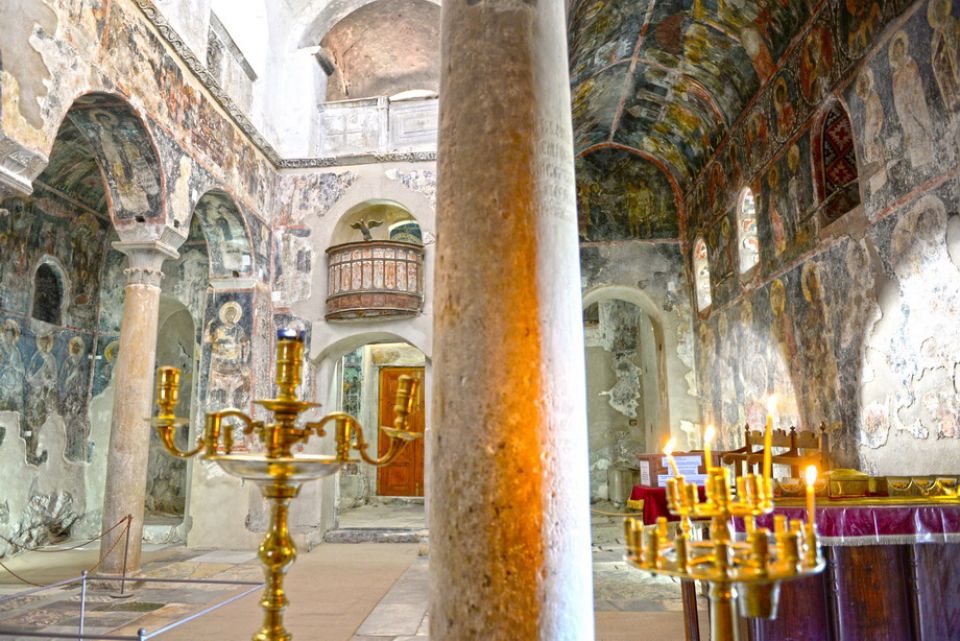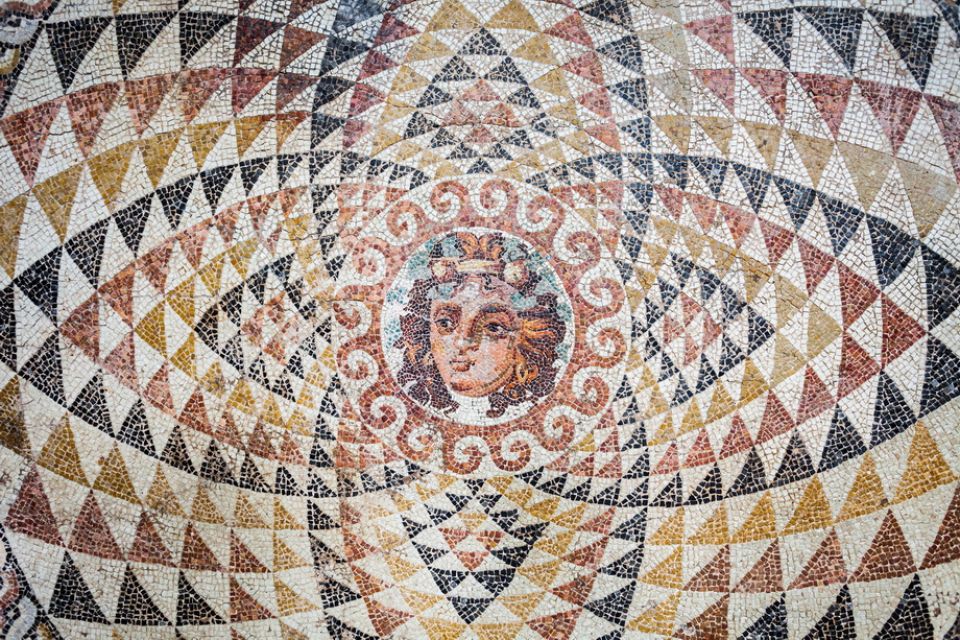Day 5 (Easter Monday): Argolis – A Province Full of Glance
Breakfast at our hotel. Afterwards, drive to Epidavros and the Temple of Asclepius which dates back to the 4th century B.C. and was designed and built by the architects Theotokos and Thimotheos; the Healing Temple Asclepieion, designed for 250 patients (70.92 m x 9.42 m); the Library, built by the Roman emperor Antonios and his successors; the Gymnasium (69 m x 53 m). We also visit the ancient theater of Epidaurus, a wonder of architecture because of the absolute uniqueness of its acoustic. It is worth wondering how architects of ancient Greece managed to create such an architectural masterpiece using the knowledge and machinery of that time. The theater dates back to the 4th century B.C. but still hosts theatrical plays for 14,000 spectators. People from all over the world attend theatrical plays and concerts in Epidaurus, especially in summer months, as the experience offered at this theater is unique.
Next stop of our today’s tour: Nemea, the place where legendary Hercules killed the vicious Nemean Lion; the monster could not be killed with mortals' weapons, because its golden fur was impervious to attack and its claws were sharper than mortals' swords and could cut through any armor. Ancient Nemea was also famous in the antiquity for one of the most important ancient Greek sport festivals: the Panhellenic Nemean Games. The archaeological site includes the stadium of Nemea, which could host 40,000 spectators, and the sanctuary and temple of Nemean Zeus. Nowadays, Nemea is known for its vineyards; we visit the Palivou Estate Winery, the wines of which have been multiply awarded for their quality.
In the afternoon we approach the city of Nafplion, the absolute jewel of Argolis region. Nafplion was the first capital of modern Greece and is widely known as one of the most idyllic and romantic Greek cities. Today, you will have the freedom to discover Nafplion at your own disposal. You can take a walk through its picturesque streets with the wonderful buildings; visit the Archaeological Museum and the Komboloi Museum in the center of the old city; admire the fortified islet of Bourtzi standing on the background, while drinking your coffee or having lunch at one of the numerous cafés and taverns. And for those in good shape, Palamidi Castle is totally recommended. In order to reach it, you have to climb all of its 999 steps carved into the rock. The castle where the most important hero of the Greek Revolution Theodoros Kolokotronis was imprisoned is absolutely worth your time and energy; the view from above is breathtaking! After our afternoon break, we drive to the last destination for today: the legendary Mycenae, capital of Agamemnon’s kingdom. At Mycenae we will visit Europe’s oldest fortress and the stage for Iliad, one of Homer’s bloody epic poems. It all started in Aulis, where King Agamemnon sacrificed his own daughter Iphigenia, so that the Greeks could sail to Troy. After Agamemnon’s return from the Trojan War, Clytemnestra gave order to murder her husband. Her children Elektra and Orestes in turn assassinated their mother, to revenge the murder of their father. The story of Atrides’ dynasty has inspired the famous Greek tragic writers Aischylos, Sofokles and Euripides, whose tragedies and their modern adaptations are still being played in theaters all over the world. (Total distance: 236 km)
